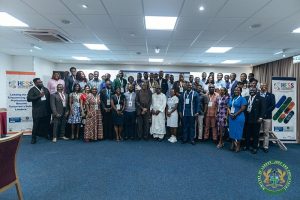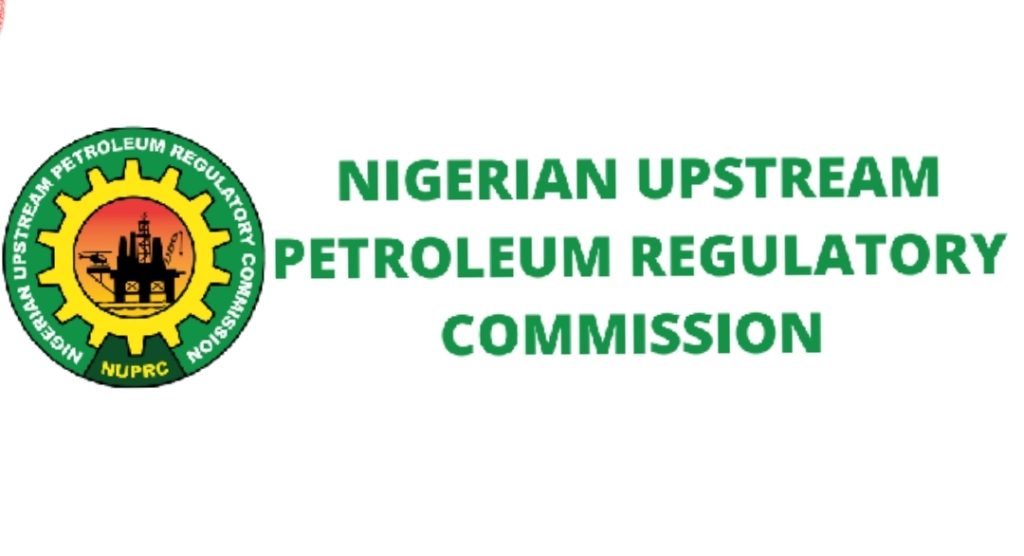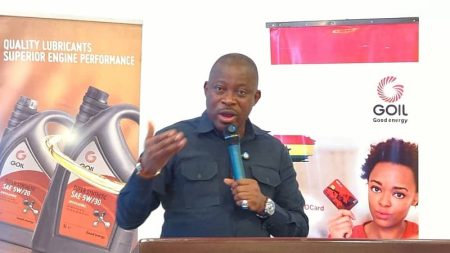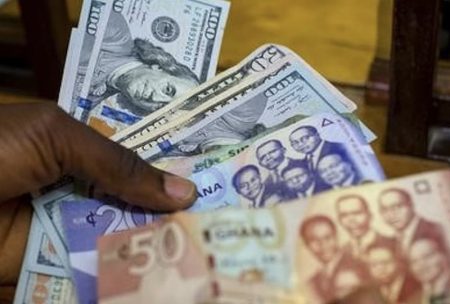Nigeria’s hydrocarbon sector has witnessed a remarkable resurgence in recent years, driven by substantial investments in rig infrastructure and a supportive regulatory environment fostered by the Petroleum Industry Act (PIA) of 2021. Crude oil producers have injected a staggering $8 billion into expanding rig capacity between 2022 and 2025, leading to a significant boost in drilling activities and overall production. This investment has facilitated the drilling of 236 wellbores to total depth, unlocking substantial hydrocarbon reserves and contributing significantly to the nation’s economic growth. The resulting increase in the nation’s rig count, from a mere eight in 2021 to an impressive 46 by July 2025, reflects a renewed confidence in the Nigerian oil and gas sector and signifies a positive trajectory for future production. This represents a remarkable 475% increase over a four-year period and an impressive 48% rise within the first seven months of 2025 alone, underscoring the effectiveness of the implemented strategies.
The surge in rig count is a crucial indicator of the industry’s revitalization. A higher rig count signifies increased exploration and production activities, indicating investor confidence and the potential for future oil production growth. This positive trend aligns with the Nigerian Upstream Petroleum Regulatory Commission’s (NUPRC) ambitious goal of increasing crude oil production by one million barrels per day between October 2024 and October 2026, a target known as the “Project 1MMBPD Incremental initiative.” The NUPRC attributes this progress to the implementation of the PIA, which has streamlined regulations and fostered a more attractive investment climate. Furthermore, the Commission’s unwavering commitment to driving growth in the upstream sector, coupled with President Bola Tinubu’s proactive policies, including Executive Orders aimed at opening up the oil industry and declaring “Nigeria is open for business,” have played a pivotal role in attracting investments and boosting sector performance.
The positive impact of the increased rig activity extends beyond production figures. The expansion of drilling operations has created numerous employment opportunities, stimulating economic activity and boosting local communities. The multiplicity of rigs operating across various terrains – land, swamp, and offshore – has ensured broader participation and benefits across the country. The data reveals a clear correlation between the implementation of the PIA and the surge in rig count. Following the passage of the legislation, the rig count steadily climbed, demonstrating the positive impact of regulatory reforms on investor confidence. The $8 billion investment has not only facilitated the drilling of new wells but also played a key role in executing 120 approved Field Development Plans (FDPs). These FDPs aim to unlock an estimated 4.7 billion barrels of oil and 29.26 trillion cubic feet of gas, further solidifying Nigeria’s position as a significant hydrocarbon resource holder.
The NUPRC has emphasized the strategic importance of each drilling activity, ensuring that every project contributes to both reserve growth and future production. The process involves meticulous planning and evaluation, with each well’s potential thoroughly assessed before approval. While not every drilled well translates into immediate production, the development drilling phase, which follows exploratory and appraisal drilling, is the primary driver of additions to national crude output. Exploratory drilling is crucial for discovering new reserves, while appraisal drilling assesses the commercial viability of these discoveries. Once a well reaches the development stage and is connected to production facilities, its output contributes to the national tally. This structured approach ensures efficient resource utilization and maximizes the economic benefits of each drilling operation.
Ongoing appraisal drilling activities in regions like Kolmani and Nasarawa State exemplify the Commission’s commitment to exploring and developing new hydrocarbon frontiers. In Kolmani, two rigs are currently engaged in appraisal drilling. Positive results from these activities could lead to the reclassification of the work as development drilling, paving the way for increased production from the area. Similarly, an appraisal well is being drilled in Nasarawa State, signifying the Commission’s focus on expanding exploration efforts across different parts of the country. While capital investment in the northern frontier remains relatively modest, the region’s potential is significant, and the Commission is actively working to unlock its hydrocarbon resources.
The distribution of rigs across different terrains—land, swamp, and offshore, including three in deepwater locations—demonstrates the comprehensive nature of Nigeria’s oil and gas operations. This wide reach not only contributes to steady production levels but also ensures resource optimization across diverse geological settings. The consistent production figures, consistently above 1.6 million barrels per day and reaching over 1.7 million barrels per day, highlight the effectiveness of the implemented strategies and the positive impact of the increased rig activity. Furthermore, the NUPRC is committed to reducing the unit cost of crude oil production, aligning with the country’s aspiration for greater efficiency and competitiveness in the global oil market. The “Project One Million Barrels” initiative, launched in October 2024, has already yielded substantial results, adding approximately 300,000 barrels per day to Nigeria’s oil production and demonstrating the potential for further growth.














